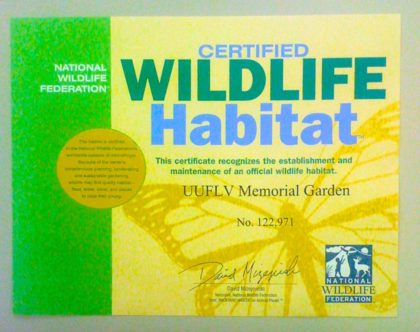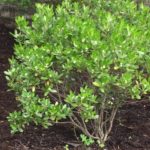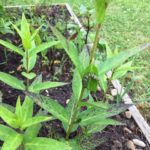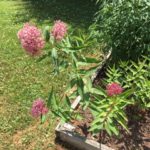Our Wildlife Habitat and Pollinator Garden
Wildlife Habitat

NWF Certification Process
Our grounds were certified by the National Wildlife Federation after fulfilling certain requirements.
Click on the links below to learn more about these requirements.
Native plants are an important feature of a certified wildlife habitat. A native plant is one which occurred within a state or region before settlement by Europeans. An invasive plant is a species that has become a weed pest and grows aggressively and spreads and displaces other plants. Although some natives can become aggressive, most invasive plants are those that are introduced from other continents, leaving behind pests, diseases, predators, and other natural controls.Ornamental plants are ones grown for decorative purposes.Native plants support local food webs. Invasive plants disrupt local food webs, and ornamental plants offer very little in the way of contributing to the local food web.
Pollinators in Decline
Pollinators, responsible for 75% of food crops, are in decline mostly from loss of habitat. As native vegetation is replaced by roadways, manicured lawns, crops and non-native gardens, pollinators lose the food and nesting sites that are necessary for their survival. Establishing a wildlife habitat helps to mitigate this problem.

Red Bud (Cercis canadensis ‘Appalachian Red’)
This redbud, planted on our property, is a native cultivar of the eastern redbud, a deciduous understory tree. With its earlier blooms in the spring it is a good source of nectar and pollen for butterflies and other insects before the later summer plants bloom.

A number of native cultivars shrubs are part of the habitat: Summersweet, Meadowsweet, Winterberry holly, Inkberry holly, Grey dogwood, Red-twigged dogwood, Silky dogwood.
Inkberry holly (Ilex glabra) pictured left, is a deciduous holly that attracts honey bees and other pollinators. It is one of the shrubs in front of the red bud tree pictured above.

“Monarch caterpillars have been devastated by increased herbicide spraying in conjunction with corn and soybean crops that have been genetically engineered to tolerate direct spraying with herbicides. In addition to glyphosate, monarchs are threatened by other herbicides and by neonicotinoid insecticides that are toxic to young caterpillars and decrease the health of adult butterflies.” Center for Biological Diversity, March 2020

The story of monarch butterflies is the story of decline. As stated above, herbicide spraying is one of the causes. The immediate help that we can provide is to plant milkweed. It is the host plant for the milkweed caterpillar–in fact the only plant that the milkweed caterpillar eats. As part of an earlier religious education project we learned about their importance and planted milkweed on our property. Pictured right is Swamp milkweed (Asclepias incarnata). A small caterpillar can be seen on the far right photo. Other perennials that are in our native wildlife habitat are: black-eyed Susans, tall coreopsis, coneflowers, and trumpet vine.
Pollinator Garden- Located on UUFLV Cottage Property
In planning our garden, we are focusing on Keystone Plants. Those that support many pollinators.
Doug Tallamy has important information on these species. It is important that the plants are in your Ecoregion. See the link:
What Insects and Plants? / Doug Tallamy — HOMEGROWN NATIONAL PARK
